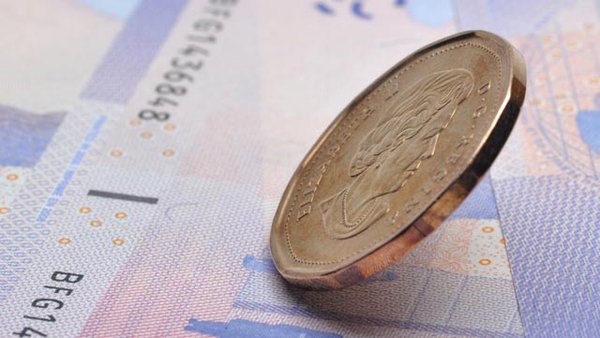The US dollar is beginning the week mostly firmer against the major and emerging market currencies. The Japanese yen, where local markets were closed for the spring equinox is up slightly, and the Australian dollar turned higher in the European session.
However, sterling has remained under pressure from the start. Ian Duncan Smith’s resignation ostensibly over cuts in disability spending is seen as another front in the Brexit debate that has split the cabinet and the Tory Party.

Speculators bought a record amount of sterling futures in the week ending March 15. These new purchases are in weak hands. The news stream may get worse this week. Sterling rallied almost 5% this month through the pre-weekend high just above $1.45. However, the reprieve seems over though the loss today are minor. The 38.2% retracement of the gains scored since the FOMC meeting comes in near $1.4340, and then 50% retracement is $1.4285. These offer near-term targets.
The Cameron government must now clarify its position on the disability cuts. Another issue is also likely to emerge that will also aggravate the split in the party. Osborne’s budget called for the implementation of a tax hike on solar-energy equipment from 5% to 20%. This appears to be coming under criticism too. Then on Wednesday and Thursday, Osborne and his likely challenger London Mayor Johnson will speak to Parliament about the costs of Brexit. Polls show Johnson edging out Osborne to succeed Cameron. Meanwhile, the split party is helping Labour recover in the polls.
In Asia, Chinese stocks stand out, with the Shanghai Composite extended its advancing streak to the seventh consecutive sessions with a nearly 2.2% advance. It is the longest advance since last May. Signals from the government suggest a relaxing or margin lending. Brokerages led the rally. Recall that before the weekend the yuan traded at its best level against the dollar since mid-December. The PBOC fixed the yuan 0.3% lower (to CNY6.4824) the most since early January.












Leave A Comment